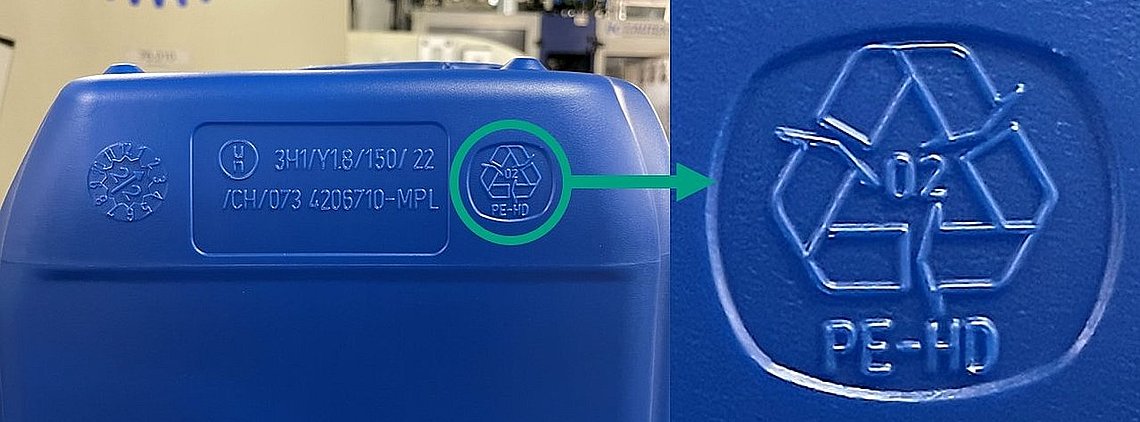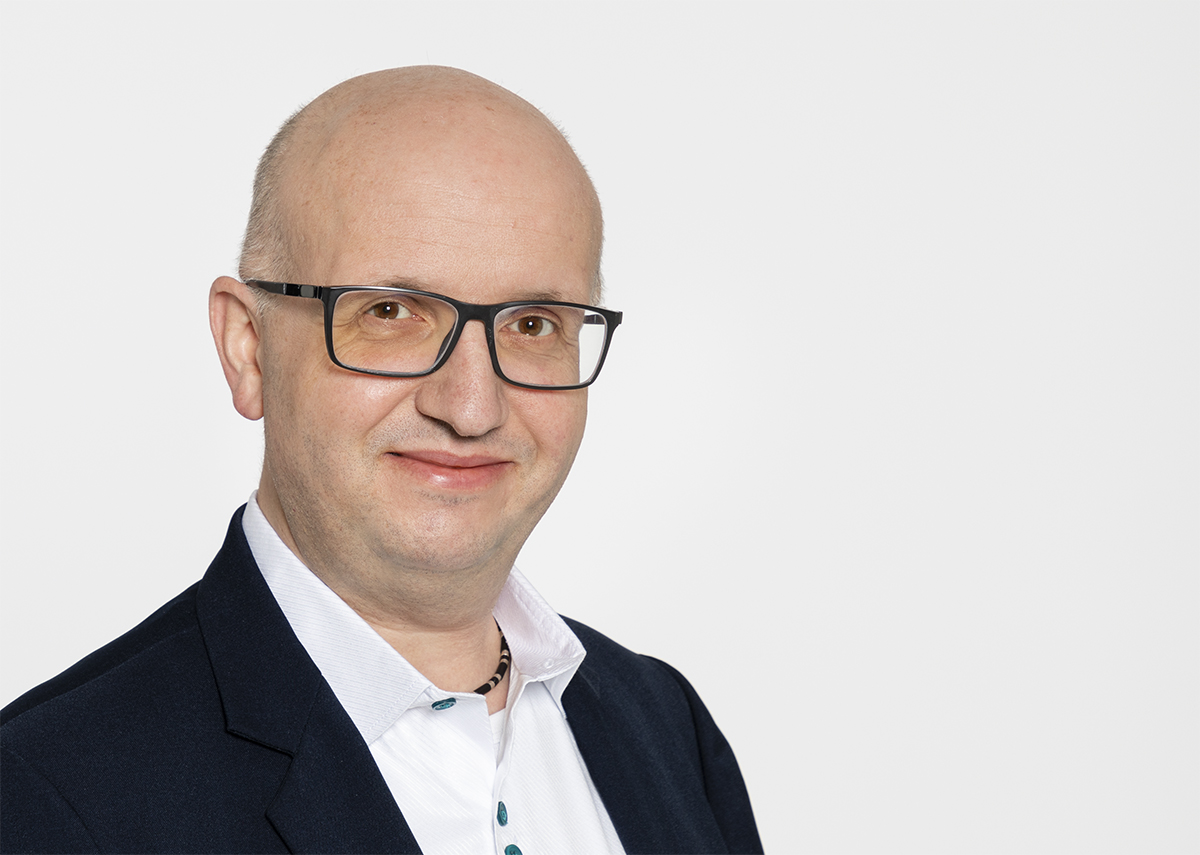Containers from Müller Plastics now with recycling code 02
![]() Müller Plastics
Müller Plastics
It is impossible to imagine our daily lives without plastics. Whether in the car or as toys for the children or as packaging containers, such as those manufactured by Müller Plastics to provide their customers with packaging for hazardous goods. However, the image of plastics is tarnished. According to a report by the UN Environment Programme UNEP, around 6.4 million tons of plastic waste end up in the oceans every year.
Work on recycling solutions for plastics has therefore been persistent for years. And on production methods to use as few resources as possible. In the future, for example, plastics are to be recycled as naturally as glass and other recyclable materials are already being recycled.
Müller Plastics optimizes the identifiability of plastics in its canisters
Müller Plastics is also aware of its great responsibility towards people, nature and the world of tomorrow. An internal project team has been working on optimizations over the last few months, which have now led to a positive result. Mischa Deibler, Process Engineer at Müller Plastics: "Our goal was to enable customers to return our multilayer canisters completely to the recyclable materials cycle." Alain Berger, Managing Director at Müller Plastics, adds, "Recycling can be significantly influenced by product design. This concerns, for example, the separability and identifiability of plastics. In the case of a multilayer canister with up to six layers, this is a major challenge. Among other things, due to the variety of materials in the canister and due to the versatile color preferences of the customers."
Müller Plastics has started with the sortability of the materials contained in the multi-layer canisters. In order to achieve sustainable recyclability, sortability according to NIR spectroscopy (infrared process) must be guaranteed. To ensure this, the plastics professionals in Muttenz have looked for alternative additives and colors and incorporated them into their production processes. This results in higher production costs. "But to an acceptable extent, so that we are convinced that our environmentally conscious customers will help to bear these additional costs," Alain Berger is convinced.
On August 2, 2022, these product optimizations led to a new certification of the recyclability of Müller Plastics' multilayer canisters. Eurofins in Hamburg certifies that the canisters from Muttenz have very good recyclability, which makes Mischa Deibler's team proud: "We have now optimized our products, which are already technically outstanding, in the direction of recyclability. This gives us a good feeling that we are making an important contribution to environmental protection."
Thanks to the increased HDPE content, Müller Plastics is now allowed to stamp its canisters with the recycling code 02. This code indicates that the canisters are suitable for single-variety recycling.
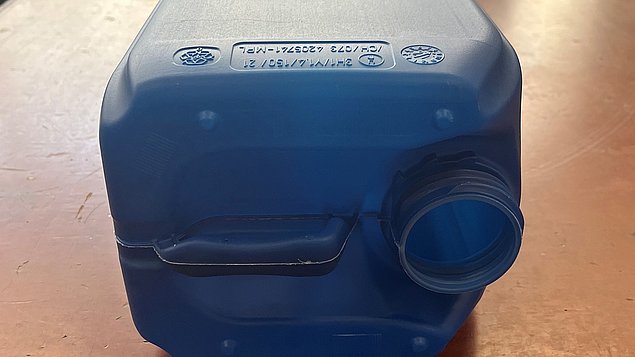 | 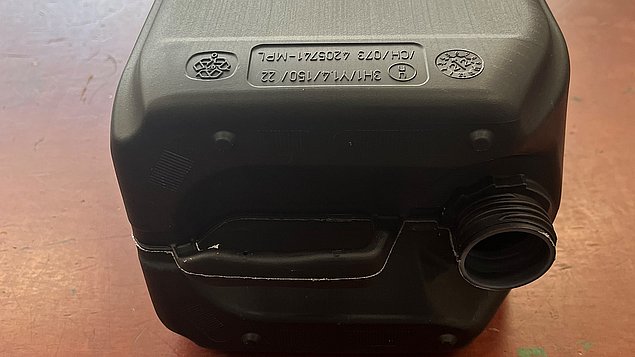 |
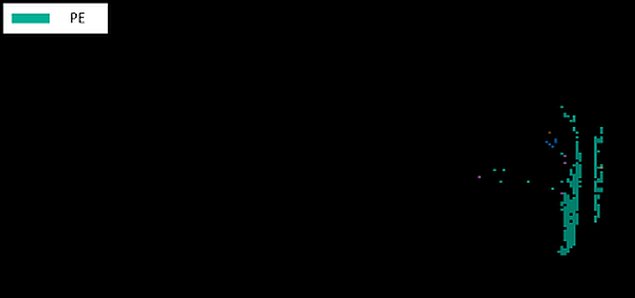 | 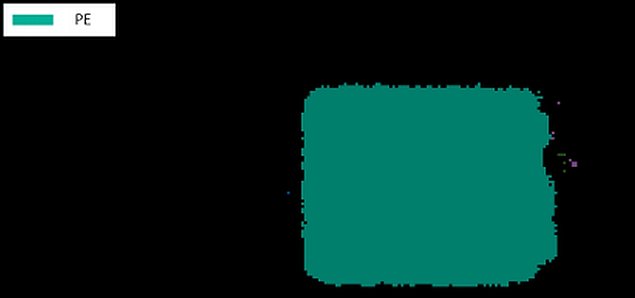 |
Plastic containers under NIR spectroscopy. The infrared method is used for material detection in the plastic sorting plant. In the example on the left, the HDPE is only very weakly detected and shown in green pixels. In a sorting plant, this canister would not be detected and sorted out as pure HDPE. In the example on the right - Müller Plastics container optimized by changing the material composition - the HDPE is clearly detected.

